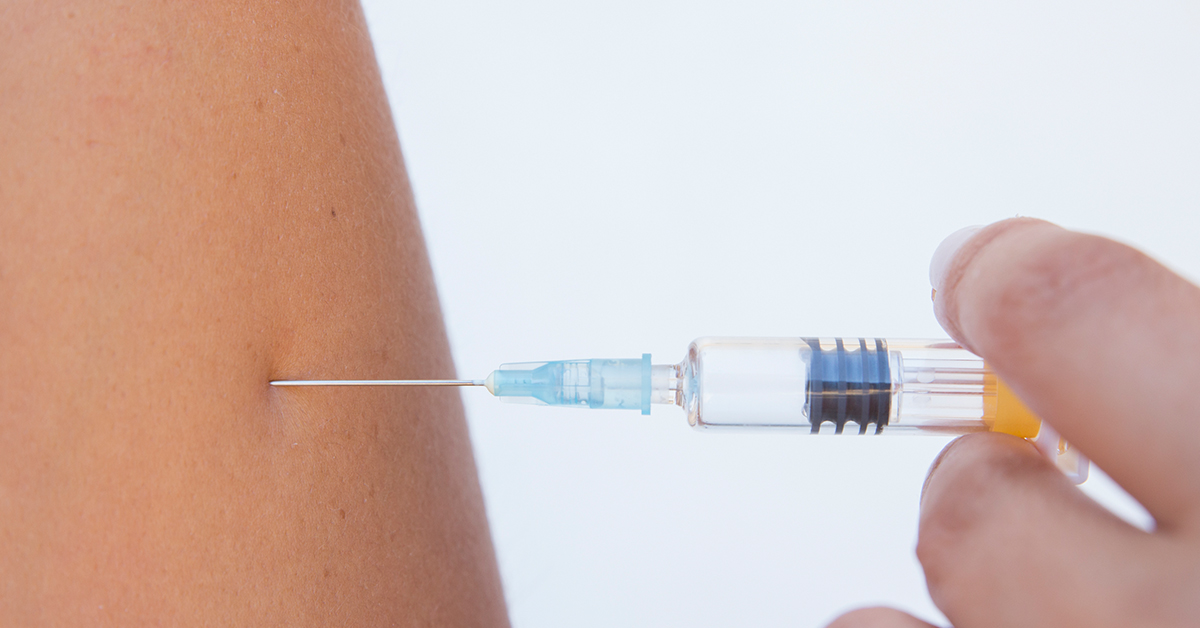Steroid injections are often used to help relieve pain that accompanies joint disease. Learn more here:

What are Hip, Knee, Shoulder, Ankle, and Elbow Joint Steroid Injections?
Our joints are subject to constant stress during any kind of physical activity. As we get older, the protective mechanisms within the joint seem to wear off and the constant wear and tear can make joint movements rather painful. Steroid injections are often used to help relieve pain that accompanies joint disease. Steroids are very powerful anti-inflammatory drugs and patients find immediate relief from pain in most cases.
Who needs Hip, Knee, Shoulder, Ankle, and Elbow Joint Steroid Injections?
Steroids possess a very powerful anti-inflammatory property. Inflammation is the characteristic feature of joint disease and is the cause of pain on joint movement. Reducing this inflammation can help reduce pain significantly and allow the patient to move the affected joint more comfortably.
Hydrocortisone, methylprednisolone and triamcinolone are the steroids often used. Sometimes, long acting steroids such as dexamethasone may also be used.
What are the steps in Hip, Knee, Shoulder, Ankle, and Elbow Joint Steroid Injections?
Preparing for the Procedure
Depending on which joint is involved, the injections are performed in a different manner. The initial part of the injection procedure remains the same. This includes explaining the procedure to the patient, cleaning the skin where the injection is to be administered and placing the patient in a comfortable position where the joint can be accessed easily by the doctor.
Administering Local Anesthetic
Unfortunately, there will be slight discomfort when performing the procedure. Local anesthetic will be injected into the skin and the nearby structures to prevent pain from occurring.
Performing the Injection
Whether the injection is being performed in the hip, knee, shoulder, ankle or even the elbow, the steroid has to be injected into the joint space so that it can come into contact with the inflamed structures within the joint and reduce the pain.
After Surgery
The amount of time it takes to perform the procedure varies according to which joint is involved. In most cases, steroid injections may take 10 to 15 minutes to complete.
How long do the effects last for?
In most cases, the effects can last for a few weeks to a few months. After this the pain can return, and patients may require repeated injections.
The common side-effects include mild bleeding and bruising and sometimes a bit of pain at the site of injection. A one-off steroid injection usually has no major side-effects but long-term steroid use can have complications from the steroid itself such as altered blood sugar levels and in some cases osteoporosis.
When should steroid injections into a joint be avoided?
In patients in whom there is a suspicion of infection within the joint, steroid injections should be avoided. As steroids can alter blood sugar levels, they should be used with caution in patients who have poorly controlled diabetes. They should also be used with caution in patients who are on blood thinning medication such as Aspirin or Warfarin. Patients are usually requested to stop blood thinning medication for a few days before the procedure. Any known allergy to the components of the steroid injections is also an indication to avoid administering it.

